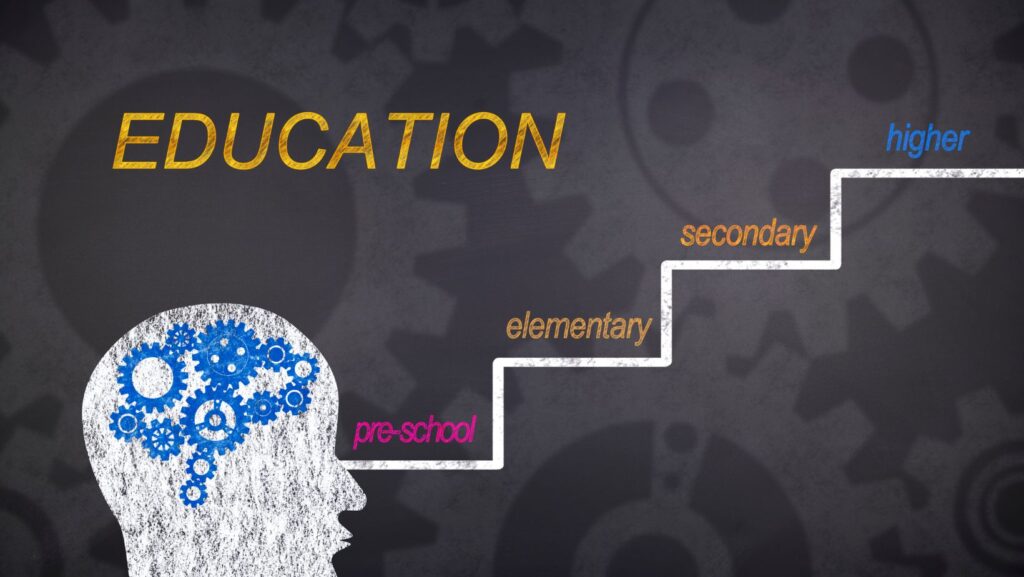
In the fast-evolving landscape of higher education, digital transformation has become a pivotal force reshaping the way institutions operate and deliver learning experiences. Embracing technology’s potential, universities are leveraging digital tools to enhance teaching methods, streamline administrative processes, and cater to the diverse needs of today’s learners. From online learning platforms to data analytics for student performance tracking, the digital revolution in higher education is revolutionizing traditional paradigms. Institutions that adapt swiftly to this digital shift are better positioned to stay competitive, attract top talent, and provide students with a future-ready education that aligns with the demands of the modern workforce.
Higher Education Digital Transformation
The Shift to Online Learning Platforms
Universities are increasingly adopting online learning platforms to deliver educational content to a broader audience. By leveraging these platforms, students can access course materials, participate in discussions, and submit assignments from anywhere with an internet connection. This shift to online learning not only enhances flexibility for learners but also allows institutions to reach students who may not have access to traditional on-campus programs. Online learning platforms also enable personalized learning experiences through adaptive learning technologies, ensuring that students receive tailored instruction based on their individual needs and pace of learning.
Integration of Artificial Intelligence

The integration of artificial intelligence (AI) in higher education is revolutionizing the way institutions operate and deliver education. AI-powered tools help automate administrative tasks, such as admissions processes and student support services, freeing up valuable time for faculty to focus on teaching and research activities. Additionally, AI algorithms can analyze vast amounts of data to identify patterns and trends that can improve teaching methods and student outcomes. By incorporating AI into various aspects of higher education, institutions can enhance efficiency, personalize learning experiences, and better prepare students for the demands of the digital age.
Challenges of Digital Transformation in Higher Education
Resistance to Change Among Staff and Students
In higher education, one of the primary challenges of digital transformation is the resistance to change among both staff and students. Faculty members and administrative staff may be accustomed to traditional teaching methods and administrative processes. Adopting new technologies and digital platforms can be intimidating for some individuals, leading to pushback against implementation efforts. Similarly, students who are used to traditional classroom settings may struggle to adapt to online learning environments and digital tools. Overcoming resistance to change through comprehensive training programs, clear communication, and demonstrating the benefits of digital transformation is essential for successful implementation in higher education institutions.
Infrastructure and Investment Concerns
Another significant challenge in the digital transformation of higher education is the need for adequate infrastructure and investment. Upgrading technological infrastructure, implementing new software systems, and ensuring widespread access to digital resources require substantial financial investment. Many educational institutions may struggle with limited budgets and competing priorities, making it difficult to allocate resources to support digital initiatives effectively. Additionally, concerns about cybersecurity, data privacy, and ongoing maintenance further complicate the process of digital transformation in higher education. Prioritizing investments in technology, infrastructure, and security measures is crucial to overcoming these challenges and facilitating a successful transition to digital learning environments.
Benefits of Digital Transformation
Enhanced Learning Experience

Digital transformation in higher education enhances the learning experience for students by offering flexible learning opportunities. It provides access to a wide range of resources such as online lectures, virtual libraries, and interactive study materials. Students can engage with course content at their own pace, leading to improved comprehension and retention. For instance, through virtual laboratories, students can conduct experiments in a simulated environment, enhancing their practical skills. Furthermore, digital platforms facilitate personalized learning experiences tailored to individual student needs, fostering a more effective learning process.
Improved Administrative Efficiency
Digital transformation streamlines administrative processes in higher education institutions, leading to improved efficiency. Automation of tasks such as admissions, course registration, and grading reduces manual effort and enhances accuracy. For example, online registration systems make it easier for students to enroll in courses and for faculty to manage class schedules. Additionally, digital tools for communication and collaboration among faculty, staff, and students enhance productivity and decision-making processes. By digitizing administrative operations, institutions can allocate resources more effectively, optimize workflows, and provide better support services to stakeholders.



